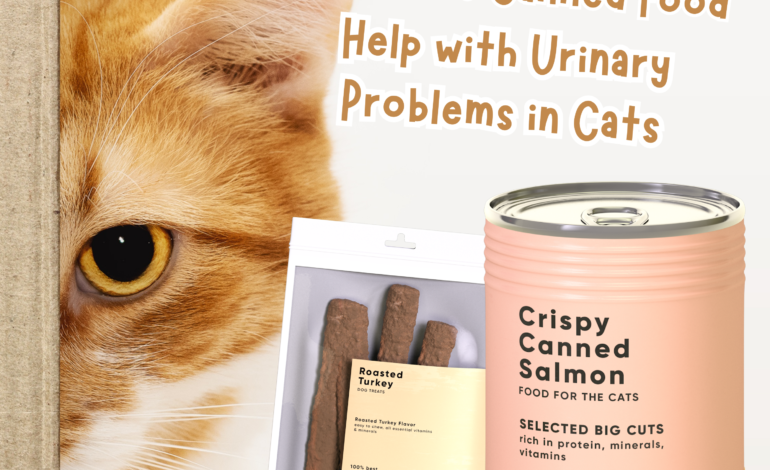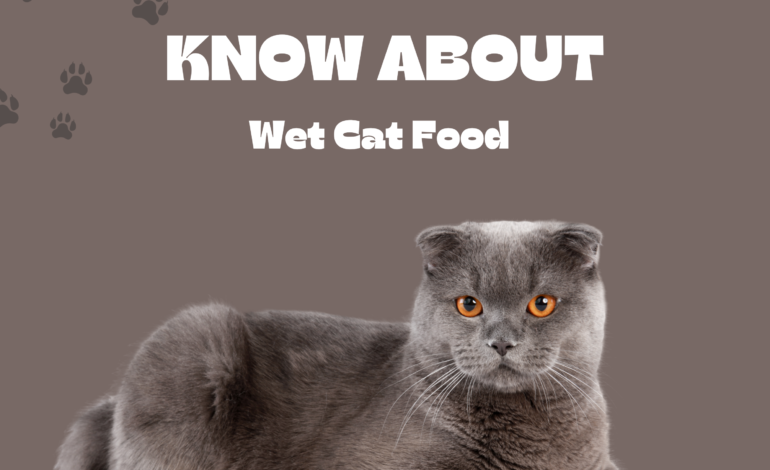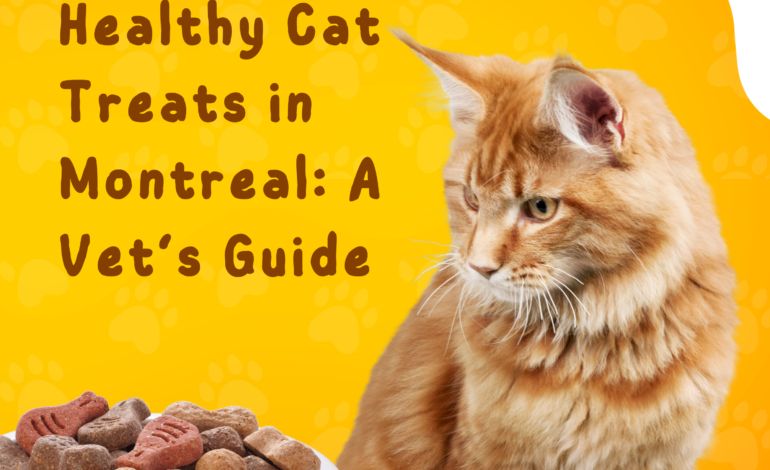How Does Canned Food Help with Urinary Problems in Cats

If you’ve ever seen your cat struggle with urinary problems — crystals, straining, or painful blockages — you know how scary it can be. What many cat parents don’t realize is that hydration plays a huge role in preventing these issues. The challenge? Cats are naturally poor drinkers.
That’s where wet food comes in. By adding essential moisture to your cat’s diet, it helps keep their urinary tract flushed and healthy. Research even shows that urinary tract disease affects about 2–4% of cats seen in vet clinics(1) making it one of the most common health problems in cats. Simply choosing wet food could make all the difference in keeping your kitty comfortable, hydrated, and thriving.
Why Cats Are Prone to Urinary Issues

Do you ever notice how your cat never so much as dips a paw into its water bowl? That’s because cats are desert animals and drink very little naturally. Because they have such a low thirst drive, they depend on their diet for much of their hydration — which is where wet food comes in. Urine can get concentrated and without sufficient fluid, this increases the possibility of crystals, stones and irritations in the bladder.
According to the veterinary literature, between 1.5 – 2.2% of cases presenting to veterinary clinics are affected by FLUTD. Crystals or stones are found in 12–22% of these cats. Male cats, especially, are prone to this dangerous condition. It can be serious and recurrent (re-blocking).(2)
Cat parents, take note: Consider feeding your cat wet food in multiple small meals throughout the day or adding water to kibble. Even a small excess of dietary moisture can have a big impact on urinary health.
How Canned Food Supports Urinary Health

a) High Moisture Content = Better Hydration
Canned food is packed with 70–80% moisture, compared to just 10–12% in dry kibble. This extra water helps dilute urine, flush out toxins, and reduce mineral buildup — essential for preventing urinary issues. Ever notice your cat barely drinks from their bowl? Adding wet food is an easy way to boost hydration without forcing them to sip more water.
b) Reduces Crystal & Stone Formation
Diluted urine keeps minerals like magnesium, phosphorus, and calcium in solution, lowering the risk of struvite and calcium oxalate crystals. Cats that graze on wet food naturally excrete more dilute urine, helping prevent painful blockages.
c) Promotes Frequent Urination
More hydrated cats urinate more often, naturally flushing their bladder and keeping waste from stagnating — a simple yet effective preventive measure.
d) Maintains Optimal Urinary pH
Balanced urine pH is critical: too alkaline can trigger struvite crystals, while too acidic can cause calcium oxalate stones. Specially formulated urinary wet foods help maintain this balance, supporting long-term bladder health.
Tip for cat parents: even mixing a little water into wet food or offering multiple small meals per day can make a noticeable difference in your cat’s urinary health.
Beyond Moisture: Vet-Prescribed Urinary Diets

Not all canned foods are created equal. While regular wet food helps with hydration, prescription urinary diets are specifically designed to prevent and manage urinary issues in cats.
Key Differences
- Controlled Mineral Content: Prescription diets carefully balance magnesium, phosphorus, and calcium to reduce the risk of urinary crystals and stones.
- Supportive Ingredients: Added nutrients like glucosamine and chondroitin help protect the bladder lining and overall urinary tract health.
- Optimized Urine pH: Formulated to maintain ideal pH levels, lowering the chance of crystal formation and recurrence.
When to Consider Switching
If your cat shows signs like painful urination, blood in the urine, or frequent trips outside the litter box, it’s time to consult your vet. Prescription diets can be life-saving for conditions like feline lower urinary tract disease (FLUTD).
Cat-Parent Tip: Some cats resist prescription diets at first. Try mixing a small portion with their regular wet food, gradually increasing the ratio. This helps them adjust without adding stress — which itself can trigger urinary issues.
Role of Diet & Lifestyle in Preventing Urinary Issues

Maintaining your cat’s urinary health is about more than just food—it’s a mix of hydration, lifestyle, and careful observation.
1. Keep Cats Hydrated
Cats naturally drink very little, a trait from their desert-dwelling ancestors. Wet food provides 70–80% moisture, helping dilute urine and flush toxins. Many cat parents notice their cats drink more when they have multiple water sources or fountains around the house—small changes like this can make a big difference.
2. Control Weight to Reduce Risk
Obesity increases the risk of urinary problems. Overweight cats are more likely to develop FLUTD. Portion control, scheduled feeding, and regular playtime help keep cats lean and lower the chance of urinary issues. One owner shared that dividing their cat’s daily meals into small, timed portions noticeably improved both weight and urinary frequency.
3. Monitor Litter Box Habits
Healthy cats typically urinate 2–4 times per day. Changes in frequency, straining, or accidents outside the box can be early warning signs. Keeping the litter box clean, quiet, and accessible encourages regular use and helps you catch potential issues early.
4. Vet-Guided Homemade Diets
Homemade meals can be tempting to try, but they must be nutritionally balanced. Cats fed incomplete diets risk nutrient deficiencies. Always consult a veterinarian before preparing homemade meals, especially for cats prone to urinary crystals.
When to See a Vet
Some urinary issues can become serious quickly, so it’s important to know the warning signs. Take your cat to a veterinarian if you notice:
- Blood in the urine
- Straining or crying while urinating
- Frequent trips to the litter box with little output
Even seemingly minor symptoms can indicate underlying problems like FLUTD or urinary blockages. Stress, dehydration, and diet all play a role, so a professional diagnosis is essential to prevent complications and ensure your cat’s comfort.
Tip for cat parents: Keep a brief log of litter box habits and any unusual behaviors—it can help your vet pinpoint the issue faster.
Conclusion
Your cat’s urinary health starts with the little things—hydration, balanced nutrition, and mindful feeding. While canned food isn’t a cure-all, it can be a game-changer in preventing urinary issues and keeping your feline friend comfortable and happy.
Always consult your veterinarian before making dietary changes, especially if your cat has a history of urinary problems.
🐾 Ready to give your cat the best care? Explore expert tips on cat nutrition, urinary health, and overall wellness at Meow Care Hub—because a healthy cat is a happy cat.
FAQs
Q1: How does wet food help cats with urinary problems?
A: Wet food for cats with urinary problems increases hydration, dilutes urine, lowers mineral concentration, and encourages frequent urination, reducing the risk of crystals and stones.
Q2: How many times a day should a cat pee?
A: A healthy cat should urinate 2–4 times a day. Cats on wet food may pee more often due to higher water intake, which is beneficial for urinary health.
Q3: Is wet cat food good for urinary health?
A: Yes. Wet cat food for urinary health provides moisture, maintains urinary pH, and reduces the risk of painful conditions like FLUTD, bladder stones, and urinary blockages.
Q4: How often does a cat urinate in a day if they eat canned food?
A: Cats eating mostly wet food may urinate 3–5 times daily, as their increased hydration promotes better urinary tract function.
Q5: Can homemade cat food help with urinary crystals?
A: Homemade cat food for urinary crystals should only be prepared under veterinary guidance. Cats need precise nutrient balance, including controlled levels of magnesium, phosphorus, and calcium, to prevent stone formation.
Q6: When should I switch my cat to a urinary diet?
A: If your cat shows signs of urinary discomfort, crystals, or bladder stones, consult your veterinarian. They may recommend a prescription urinary diet for targeted support.
Resources:





